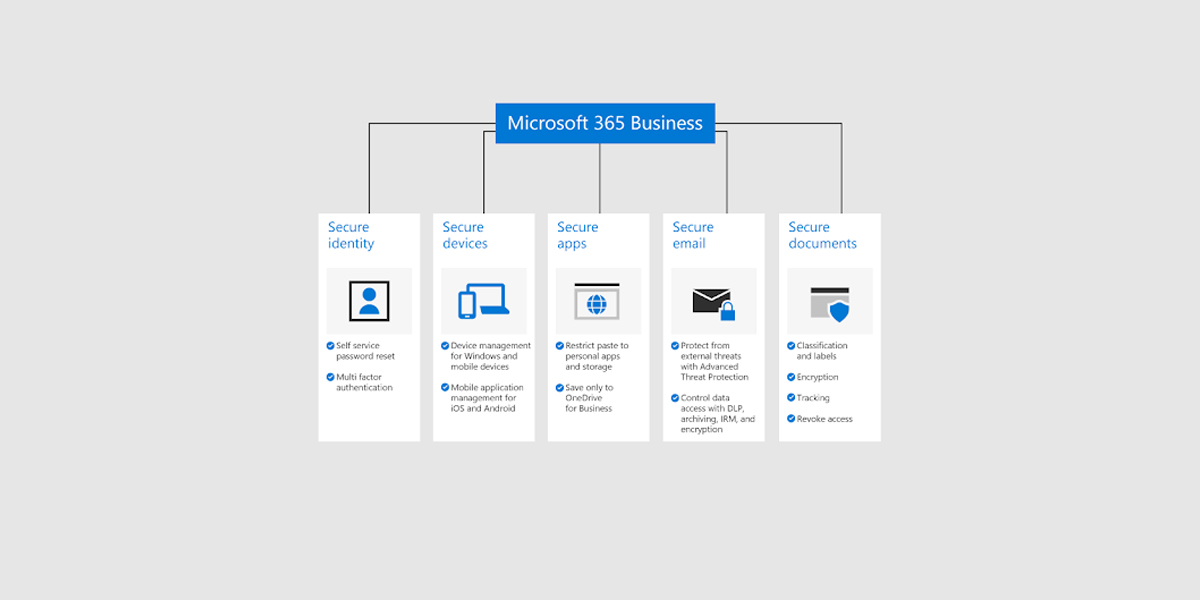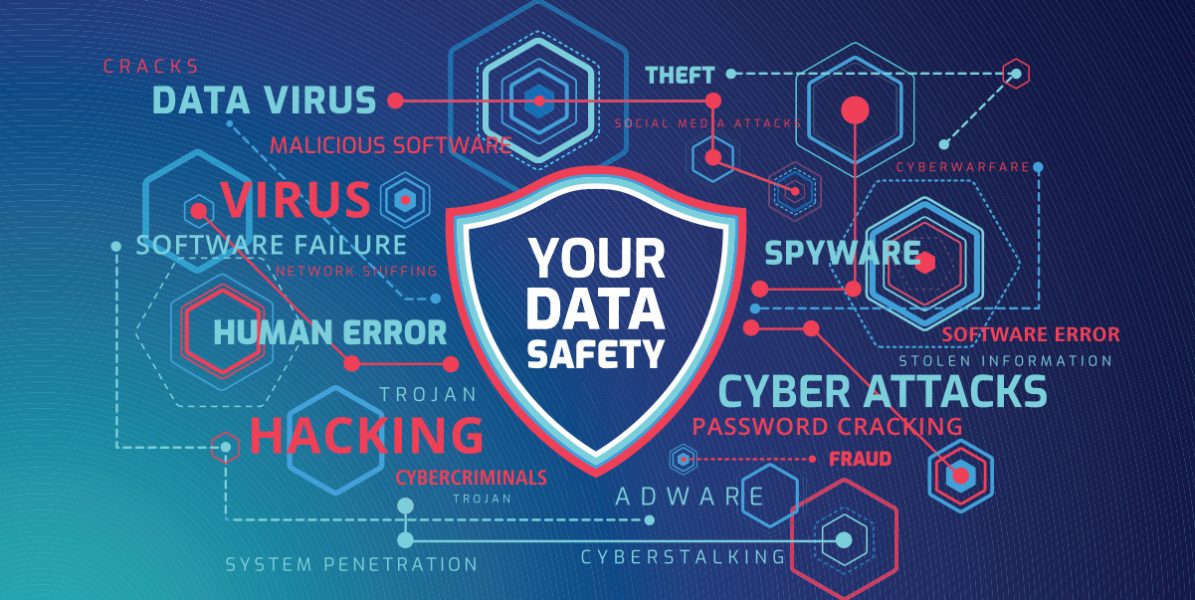Almost every business is using public or hybrid cloud services to handle a wide range of tasks. Cloud computing reduces the need for investing in IT infrastructure while also making it easy for employees to collaborate outside of the office. However, the number of data breaches and cybersecurity incidents on the cloud continues to increase each year. Looking at ways to mitigate these risks is essential in keeping data safe while also protecting the reputation of your business.
Here are a few ways companies can stay proactive by boosting IT security while using cloud computing services.
Always Use Multi-Factor Authentication
The first step in keeping information safe on the cloud is to enable multi-factor authentication for an added level of protection. Only using a username and password to access your account on the cloud is not sufficient in keeping your data safe from hackers. Multi-factor authentication requires you to validate your identity by verifying a temporary access code sent to your email or mobile device. This simple security method is one of the most effective ways to keep accounts safe on the cloud.
Monitor Cloud Activity
Keeping an eye on activity in the cloud is critical in staying proactive against cyber threats. An IT team can spot any suspicious activities on the cloud and prevent a small problem from turning into a much larger issue. For example, abnormal activities may indicate a data breach from a hacker accessing the cloud from an unknown device or IP address. Around the clock monitoring services on the cloud can often prevent these malicious actions from causing widespread damage to your business.
Invest in Employee IT Security Training
Hackers often gain access to cloud accounts by tricking employees with elaborate phishing scams. These schemes often create a sense of urgency to make an employee verify their information through an email without thinking about the consequences. One way to counteract these problems is to offer IT security training courses for employees. These training classes will cover a diverse range of cybersecurity topics, such as ransomware, phishing scams, and malware threats. Scheduling these classes on a regular basis will help your employees stay up to date with the latest scams in the workplace.
Manage User Access
Another way to boost security on the cloud is to manage access levels for each user. Not every employee needs to access everything on the cloud, as setting up access controls is a great way to limit the damages of a hacked or compromised account. Many organizations require these guidelines for you to maintain compliance in handling sensitive data. Taking these security precautions will limit the damages of a data breach while also avoiding expensive compliance violations.
Closing Thoughts
Cloud computing will continue to play a big role in today’s work environment. While the cloud offers immense benefits, it’s important to consider the various security risks impacting the cloud. Turning on multi-factor authentication, managing user access, monitoring cloud activity, and investing in employee education classes are only a few of the many different ways you can keep your data safe on the cloud.




